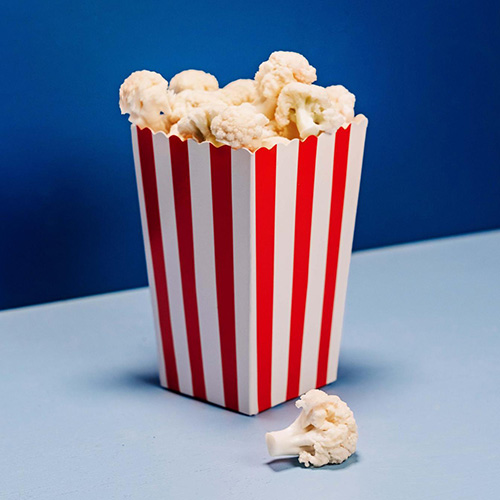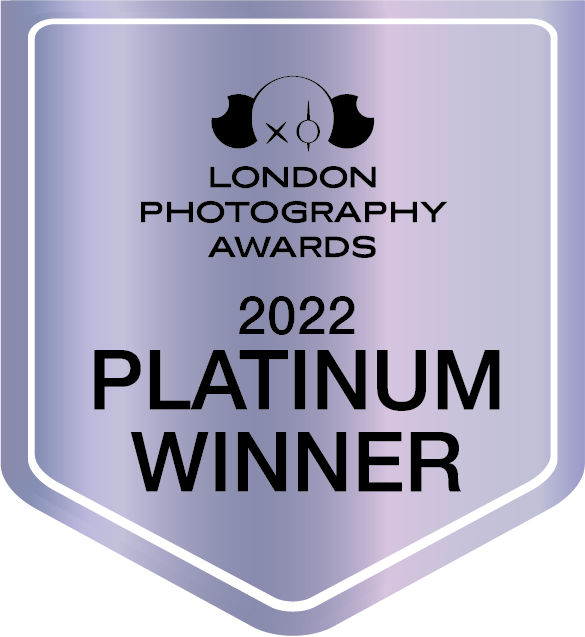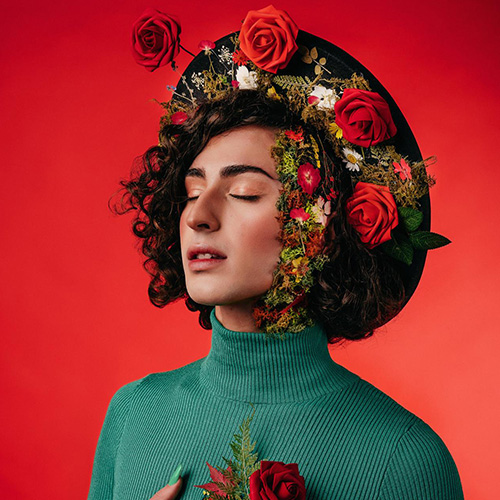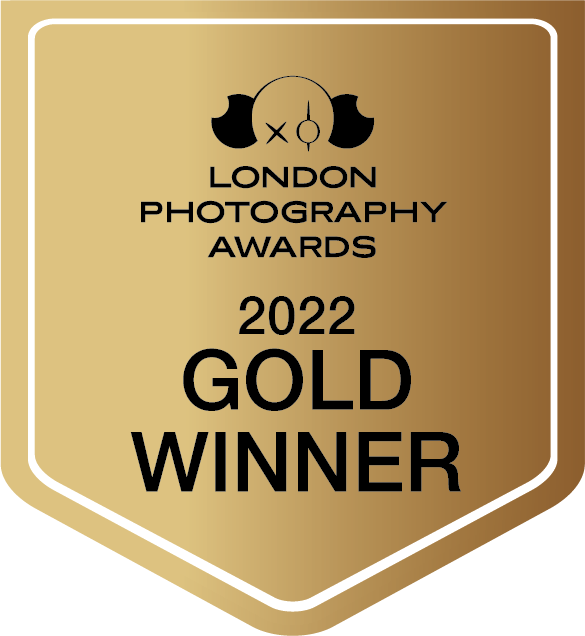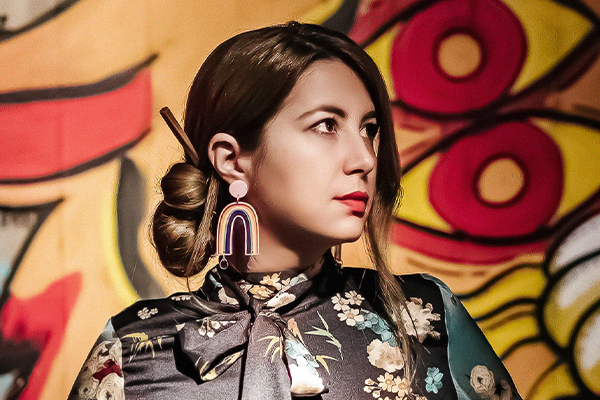
Berenice Riu
1. Can you introduce yourself and talk about how you got into photography?
When I was a little kid, one of my favorite games was creating and wearing costumes. I literally used whatever I had at hand to make them: from pillow covers to cardboard boxes. I wrote stories and lived more in the fantasy world than in real life. At home they were so sure: I was going to have a creative job.
And well, truth didn
2. Where did you study photography?
I have a degree in Graphic Design and Multimedia, and I later took a Master in Art Direction here in Spain. I feel both things are profoundly related to how you build a picture, but in a broader sense.
3. Do you remember your first shot? What was it?
My first shot with a photographic gaze was probably for a school contest. I still keep a medal from that. I liked it so much I took a photography course. Their approach was more focused on the technical part of capturing an image, rather than on building it to say something meaningful (that is where I feel at home), so that made me put my camera on a drawer for a while.
Still nowadays I do not call myself a photographer as much as a visual artist, because the process of my imagery has more to do with planning, art direction and postproduction than with the capturing process itself.
4. What equipment do you use?
I use a Sony A7RII, whatever lighting tools I have access to at that moment and Sigma crystals. I usually do my post production work in Photoshop and Lightroom.
5. What do you hope to achieve?
I love the feeling of creating things just for myself, beyond doing it for my customers. It is something that I have postponed too much in my life, so doing it now already feels like an achievement. I will gladly embrace whatever comes next.
6. What compliment inspired/touched you the most?
I really like it when someone is able to appreciate all the work behind a picture, above the picture itself. I mean, some people think this is a
7. What inspires your unique storytelling?
What doesn
8. What THREE (3) words describe your photography style?
Reflexive, colorful and substantial.
9. Congratulations! As the winner of the London Photography Awards, what does it mean for you and your team to receive this distinction?
I opened my inbox and couldn
10. Can you explain a bit about the winning work you entered into the 2022 London Photography Awards, and why you chose to enter this project?
Resolutions (Minimalism Photography, Platinum) is a lighthearted, ironic series about those New Year
11. How has winning an award developed your career?
It is a huge self esteem boost and a great motivation to keep creating things.
12. Name 1-3 photographers who have inspired you.
This will come as no surprise, but my biggest influence doesn
13. What was the best piece of advice you were given starting out, by a mentor or your role model?
How cool would it be to come with an epic quote or something super emotional to say here, but right now I can only think about my grandma insistently telling me to look carefully before crossing the street. And I guess that brought me here. Like, literally.
14. What advice would you give someone who would like to become a photographer today?
1. Look for that place where doing things your own way and making a living out of it intersect, and try to get there.
2. Whenever you feel uneasy doubting about how well something you have done conveys the story you were trying to tell, leave it to rest for a couple of days and then try to see it from your audience
15. What is your key to success? Any parting words of wisdom?
There is always someone better than you or someone who has more knowledge. Don
16. How do you stay in that space of being receptive to new information and knowledge?
I think it is something that comes naturally for me, on one hand because I am a curious cat and on the other because I like being up to date and connected with technology and trends.
17. Anything else you would like to add to the interview?
I could, if I wasn
